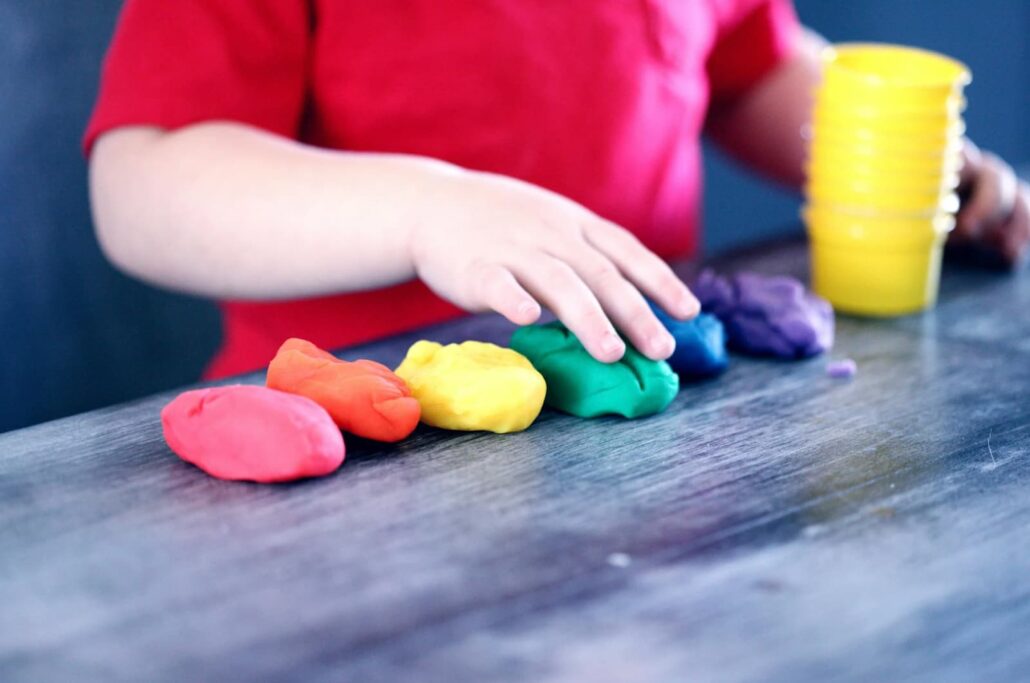Resources and Strategies for Writing a Dissertation on Children’s Literature

Writing a dissertation on children’s literature is an exciting yet challenging endeavor. Children’s books are rich in themes, storytelling techniques, and cultural significance, making them an excellent subject for in-depth academic research. To ensure success, students need a clear plan, effective research strategies, and the right resources. For those seeking additional support, services like https://scriptienakijkservice.nl/scriptiebegeleiding-hbo/ can provide valuable guidance throughout the dissertation process. This article offers practical tips and tools for tackling a dissertation on children’s literature.
Understanding the Scope of Children’s Literature
Children’s literature is a diverse field that spans picture books, middle-grade novels, and young adult fiction. It encompasses various themes such as morality, imagination, diversity, and educational value. Before diving into your dissertation, it’s essential to define the scope of your research. Are you focusing on a specific genre, age group, or cultural perspective? Narrowing your focus helps to create a more structured and manageable dissertation.
Key Questions to Consider:
• Which age group or genre interests you the most?
• Are you exploring a specific author, series, or cultural tradition?
• What theoretical framework will you use? Options might include literary analysis, sociocultural studies, or educational theories.
Conducting Thorough Research
A strong foundation of research is critical for a successful dissertation. Children’s literature offers a wealth of academic and non-academic sources, ranging from scholarly articles to library archives. Start by familiarizing yourself with foundational texts and recent studies in the field.
Recommended Resources:
• Academic Journals: Journals like Children’s Literature Association Quarterly and Children’s Literature in Education publish cutting-edge research.
• Books on Theory and Analysis: Texts such as The Pleasures of Children’s Literature by Perry Nodelman and Understanding Children’s Literature edited by Peter Hunt are excellent starting points.
• Online Databases: Use resources like JSTOR, Project MUSE, and Google Scholar for access to scholarly articles.
• Library Archives: Many university libraries have special collections of children’s books and related materials.
Structuring Your Dissertation

A well-structured dissertation ensures clarity and logical flow. While the exact structure may vary based on your university’s guidelines, a typical dissertation on children’s literature includes the following sections:
1. Introduction
Introduce your topic, research questions, and objectives. Explain why your chosen area of children’s literature is significant and outline the scope of your study.
2. Literature Review
Summarize and critically analyze existing research relevant to your topic. Highlight gaps in the literature and show how your dissertation addresses these.
3. Methodology
Describe the theoretical framework and methods you’ll use to analyze your primary texts. This could include textual analysis, historical research, or reader-response theory.
4. Analysis
Present your findings and interpret them in relation to your research questions. For example, if you’re examining gender representation in children’s books, this section would include your analysis of specific texts.
5. Conclusion
Summarize your findings, discuss their implications, and suggest areas for future research.
Time Management and Planning
Writing a dissertation requires effective time management. Breaking your project into smaller, manageable tasks can help you stay organized and meet deadlines.
Tips for Managing Your Time:
• Create a Timeline: Divide your project into phases, such as research, writing, and revisions, and set deadlines for each.
• Prioritize Tasks: Focus on high-priority sections like the introduction and methodology first.
• Set Daily Goals: Aim for a specific word count or section to complete each day.
Overcoming Challenges
Writing a dissertation on children’s literature comes with its own set of challenges, from finding resources to maintaining academic rigor in analyzing texts often considered “simple.”
Common Challenges and Solutions:
• Limited Academic Resources: If your topic is niche, consider broadening your search to include related disciplines like education or cultural studies.
• Balancing Creativity with Rigor: While children’s literature is imaginative, ensure your analysis remains grounded in scholarly theory.
• Maintaining Focus: Avoid drifting into tangents by continually referring back to your research questions.
Leveraging Digital Tools
Technology can simplify the research and writing process. There are several tools available to help you organize notes, manage references, and improve your writing.
Useful Tools:
• Reference Management Software: Programs like Zotero or EndNote help you keep track of sources and format citations.
• Writing Software: Tools like Scrivener are excellent for organizing large writing projects.
• Plagiarism Checkers: Ensure originality by using tools like Turnitin or Grammarly.
Seeking Feedback and Support
Don’t hesitate to seek guidance throughout your dissertation journey. Supervisors, peers, and academic communities can provide valuable insights and constructive feedback.
Ways to Seek Support:
• Regular Meetings with Your Supervisor: Discuss your progress and resolve any challenges.
• Peer Review: Share drafts with fellow students to get fresh perspectives.
• Online Communities: Join forums or groups focused on children’s literature for advice and inspiration.
Examples of Dissertation Topics
If you’re struggling to choose a topic, here are a few ideas to inspire you:
• The Role of Morality in Classic Children’s Literature: Analyze works like The Tale of Peter Rabbit or Alice’s Adventures in Wonderland.
• Diversity in Modern Picture Books: Explore how recent books address issues like race, gender, and disability.
• The Impact of Illustrations on Narrative Structure: Examine the interplay between text and visuals in works by authors like Maurice Sendak.
• Cultural Representations in Fairy Tales: Investigate how different cultures adapt traditional fairy tales for children.
• The Evolution of Young Adult Fiction: Trace the development of YA literature from early works to contemporary hits like The Hunger Games.
Conclusion
Writing a dissertation on children’s literature is an opportunity to explore a fascinating field and contribute original insights to academic discussions. By using the right resources, planning effectively, and seeking support, you can create a dissertation that is both academically rigorous and personally rewarding. Whether you’re analyzing classic fairy tales or modern graphic novels, the world of children’s literature offers endless possibilities for research and discovery.









